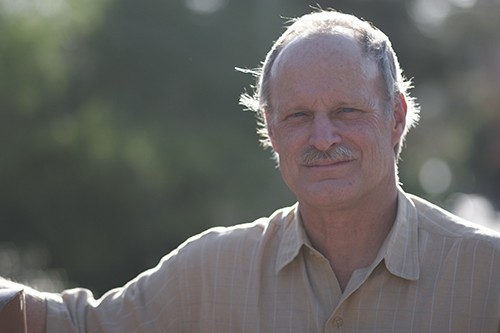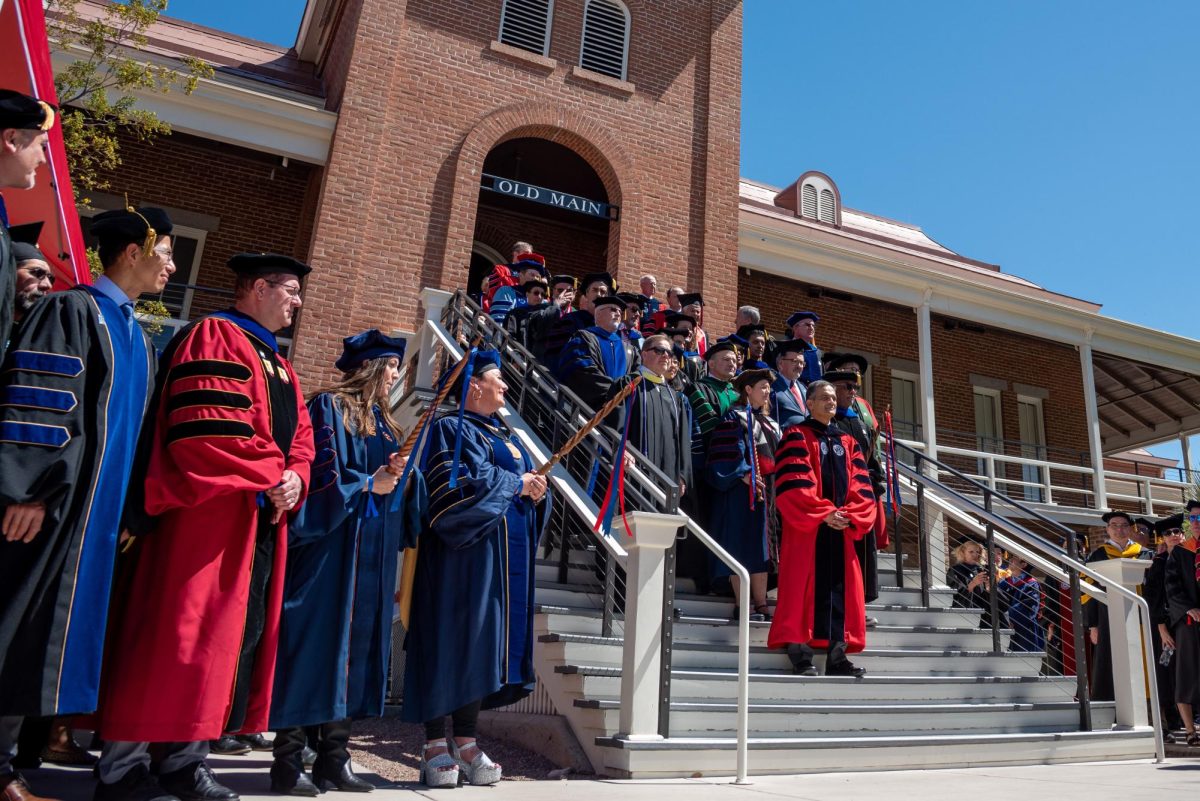Southern Arizona, along with California, produces 90 percent of the United States’ winter vegetables, and now UA researchers are helping farmers double their harvesting potential with a new weather model.
Called the Lettuce Ice Forecast System, the model’s objective is to deliver farmers and crop growers higher resolution forecasts with more precise satellite images, from a 12-kilometer scale to a 1-kilometer scale. This will replace a National Weather Service model from the 1980s.
Paul Brown, a biometeorologist in soil, water and environmental sciences and director of the Arizona Meteorological Network, helped create the new model, which helps farmers work around nighttime freezing conditions when lettuce cannot be harvested.
“”It’s a next-generation forecast model,”” Brown said. The project, funded by a two-year grant from the U.S. Department of Agriculture, utilizes an online 48-hour forecast that records any fluctuation in temperatures not normally associated with the desert climate.
Kurt Nolte, UA’s Cooperative Extension agriculture agent and director of the project in Yuma County, worked with Brown on the project. Brown’s expertise is vital to the project, according to Nolte, as this model can give farmers otherwise unavailable knowledge for where to place workers.
This new model could then also create a lucrative public-private partnership in future years for the university to sustain, Brown said. Farmers are expected to take over the funding for the project after the two-year grant is done, he said.
“”What the Department of Atmospheric Sciences has done is adjust the model for Arizona conditions and make finer forecasts for spatial detail,”” Brown said. “”So we’d still be involved even after (the two-year project period). We’d operate the model out of the university because we have the modeling expertise and the computer systems to run this model at the university, and growing groups wouldn’t have access to that same technology.””
Mike Leuthold, a principal systems administrator in the Institute of Atmospheric Physics, is working with people across the southwest to expand the project. Nick Dawson, a graduate student studying soil, water and environmental sciences, will be working with agricultural and meteorological research faculty to analyze the data for the previous year to update and improve the model.
“”I think the key here is that our goal as a land grant university is technology transfer and this is transferring technology in order for our local farmers to improve the efficiencies of their operations,”” Brown said. “”All agriculture will benefit every one of us, and one of the big challenges in agriculture is weather. Cold, hot, dry, wet — all of it. If we are better at forecasting those changes, (farmers will) be better (able) to manage with them or around them and that’s good for everyone.””








